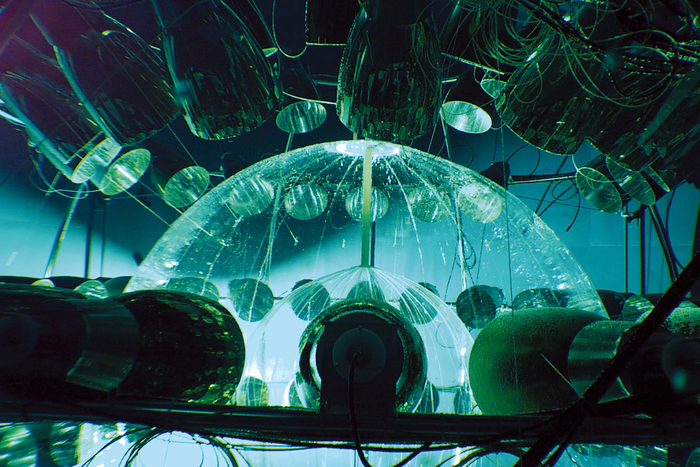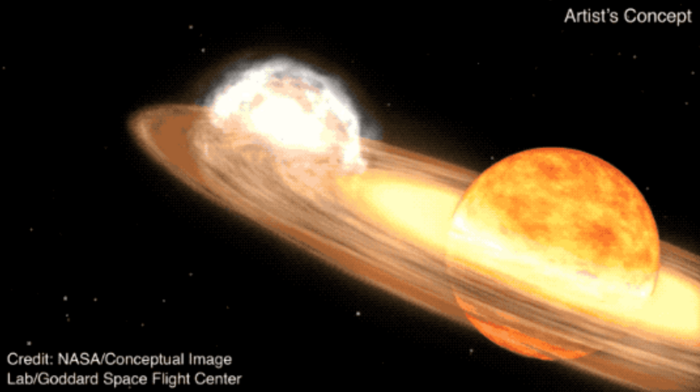The engine that makes the stars shine has no more secrets, especially those that have a mass greater than that of the Sun and that are the most numerous in the universe.
It was reverberated by neutrinos, the elusive particles that from the heart of the Sun reached the detector of the international experiment Borexino, in the National Laboratories of Gran Sasso of the National Institute of Nuclear Physics (Infn).
It is a result "of historical value", found the Infn, and which provides "experimental evidence of what is in fact the dominant channel in the universe for the combustion of hydrogen".
For this reason, Nature magazine dedicated the cover to discovery.
"For the first time we know how and why the stars shine", Gianpaolo Bellini of the University of Milan and Infn researcher, the father of the Borexino experiment, told ANSA.
Borexino is therefore an Italian-speaking experiment, with a contribution from Princeton University and whose main funder is the Infn, with the American National Science Foundation (Nsf) and some German agencies.
"We were able to demonstrate not only why the Sun shines, but how the stars shine, especially the massive ones, which are the most common in the universe," said Bellini.
The latest measurements date back to about three years ago and had given a complete picture of the nuclear fusion reactions between protons that take place in the Sun and that produce 99% of the energy, preventing our star from imploding due to the gravity of its matter. ten times denser than lead The challenge was to discover the origin of the remaining 1% and this is what the Borexino experiment managed to do.
In 1938 the hypothesis was formulated according to which stars with a mass greater than at least 30% that of the Sun could not have existed with a cycle based on the reactions between protons: they would not have had a sufficient temperature to counteract the gravitational force.
The hypothesis of the time, demonstrated today, believed that the energy of massive stars was based on the carbon-nitrogen-oxygen (Cno) reaction, capable of generating temperatures of ten million degrees.
"Fortunately, 1% of the Sun's energy is produced with a Cno cycle" and "the neutrinos bring us the properties of the center of the Sun unaltered".
For this reason, the solar neutrons captured by the Borexino experiment made it possible to recognize the Cno reactions.
The biggest difficulty was capturing the neutrinos, which do not interact with matter.
Suffice it to say that every second 60 million of these ghost particles from the Sun pass through one square centimeter of our body. "Despite the exceptional successes obtained and an already ultra-pure detector, we have had to work hard to further improve the suppression and understanding of the very low background. residue, in order to be able to identify the neutrinos of the Cno cycle ", said Gioacchino Ranucci, of the Infn section of Milan and co-spokesperson of Borexino.
For Marco Pallavicini, of the University of Genoa, of the Infn junta and co-spokesperson of the experiment, the result "is the crowning achievement of an incessant effort, which lasted years, which has led us to push liquid scintillation technology beyond all limits previously. reached, and to make the heart of Borexino the least radioactive place in the world ".


/cloudfront-eu-central-1.images.arcpublishing.com/prisa/TMO34TYLKQEG5UOPIQW2M742GU.jpg)


